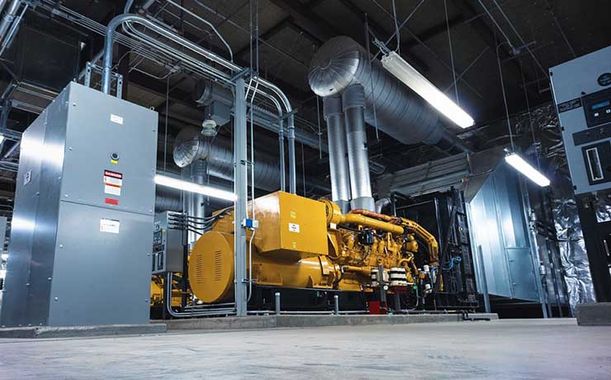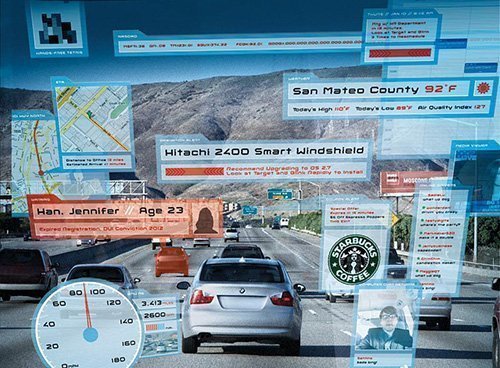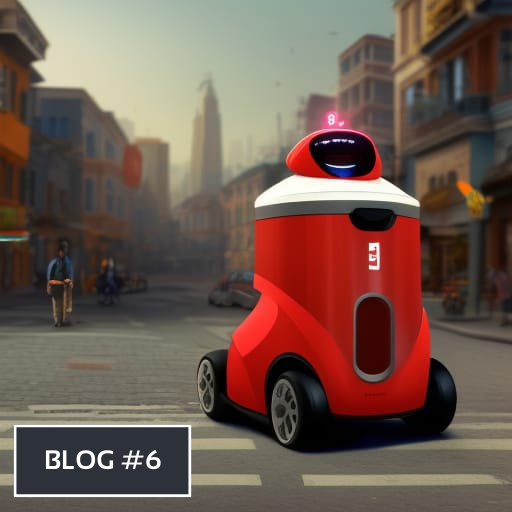Introduction
With all the positive hype surrounding autonomous vehicles and the push for having this technology adopted at scale, it is a valuable practice to go through some of the more problematic outcomes that can come about.
1. Legal problems / Insurance Reform
One of the initial concerns relates to road safety. Namely who will be fined for speeding or an accident? The ‘driver,’ the vehicle manufacturer, the AI system designer etc?
This isn’t really a ‘problem’ but rather more of a situation to be figured out and proper policy put in place.
2. Personal Data Privacy
The NTC (National Transport Commission of Australia 2019 report) concluded that a large amount of the data generated by autonomous vehicles and C-ITS will be classified as ‘personal information’ (e.g. location data), and in some cases as ‘sensitive information’ (e.g. data from health sensors that monitor driver alertness, facial recognition data used to verify car-owner identity etc.
Similar to Facebook and the metaverse biometric data critique, if data is the new oil, AV manufacturers will be owning significant wells if this technology is to be adopted on a grand scale.
3. Cybersecurity. Single Vehicle Hacking
What are the ways that hacking can arise?
- Cyber risk can arise in the manufacture of an autonomous vehicle, which depends on a range of third party vendors providing software and hardware components.
- It can also arise where the vehicle is being operated and a malicious actor takes control of the vehicle or surrounding infrastructure.
- Another risk is a hacker gaining unauthorized access to the data generated by automated vehicles themselves
Furthermore, as the technology evolves it is predicted that autonomous vehicles will not only be connected to the infrastructure network but also to smart devices in homes such as TVs, garage doors and digital keys via the ‘Internet of Things’ or ‘IoT’. While this will undoubtedly offer benefits and convenience, it is also a significant cyber security risk, as a hacker gaining access to information from an autonomous vehicle could allow them to access a person’s home, and vice versa
(this might be the tipping point where black hat hackers start to get interested in autonomous vehicles, for now it is mostly white hat hackers for research purposes)
4. Environmental Consequences, Mining

Environmental benefits have been touted for years now. The increased traffic flow caused by a mix of platooning, vehicle sharing, and intelligent prediction can lead to reduced total vehicle numbers, power consumption, air pollution, and C02 emissions.
As of 2015, there were 16 mines around the world that practiced DSTD. Seven were in Norway, three in PNG, and one each in Chile, the U.K., France, Greece, Turkey and Indonesia. Just the four mines in Indonesia and Papua New Guinea contribute 91% of an estimated 227 million tons of tailings dumped into the ocean, according to Earthworks, although that figure includes river dumping.
Each mine extracts thousands of tons of nickel and cobalt from the ore, leaving behind millions of tons of waste laden with toxic heavy metals such as arsenic
5. Increased Data Use

The total bandwidth for a AV ‘under task’ can reach around:
1.4 Tb/h (3GBit/s)
5 Tb/h
19 TB/h (40 GBit/s)
According to AAA, an average American spends 17,600 minutes driving annually. When combined with the amount of sensor data estimated above, one car could produce between 380 TB to 5 100 TB of data in just one year
Though 5G isn’t a prerequisite, as the goal is to have AVs function as independent vehicles, not all the data will be stored on the car. The cloud will be used for connectability to other vehicles, infrastructure, and for ‘augmented safety’ like high definition maps giving vehicles advanced understanding of road conditions.
Why does this matter? Enter Data Centres.
The need for an emergency power supply system (EPSS) to run for 120 minutes (generally requiring onsite fuel storage), or longer for most data center operators, has resulted in the selection of diesel engine generators as the primary and most common choice of back-up energy for critical systems. This means that data centres have idling backup diesel generators to deal with a possible crash to avoid restarting the entire network.
And the C02 cost will only grow as more AVs hit the market.
There are efforts to replace diesel with natural gas to substantially reduce the net emissions, but the electrical stability requirements are still present.
6. Advertisements In Autonomous Vehicles

When I first heard of the google car around 5 years ago I was a bit confused as to why an internet company was suddenly jumping into the autonomous vehicle industry. Seemed like it was too much of a stretch. I was urged by a professor to dig into why Google was making such a move and the main reason for this changed the way I looked at the self-driving car concept from then on. (My Episode on advertisements in autonomous vehicles)
Here’s how a smart windshield may work: A driver who’s close to running out of gas would see an alert pop up that notes the fuel situation and offers to find a nearby gas station. Sounds great, practical, and useful right? But it comes with a catch. The car’s virtual assistant offers a choice, again on the windshield, of two options, including directions to a station where the driver is eligible for a free cup of coffee — an ad placed by the gas company that fits with the driver’s buying patterns, also known by their smart car.
Panasonic Corp. demonstrated technology at CES, the consumer electronics show in Las Vegas in 2017, that lets a driver order and pay for fast food through a head-up display before pulling off the road to collect it. Pairing such offerings with other connected subscription services could generate hundreds of dollars in additional recurring revenue per car each year, according to Tom Gebhardt, the head of Panasonic’s automotive business in North America.
but as millions of people across the world use a vehicle to drive to work and back every day, with the average being about an hour both ways, the world’s tech giants are essentially breaking open the door to one of the last frontiers where digital ingestion has remained low.
This can be connected to all the issues regarding advertisements, social media and psychological nudging which for most people didn’t exist during a car ride.
7. Negative Impact On Cities
From conversation with Nico Larco
Some visions of city changes with AV adoption make the city unlivable (high velocity AVs communicating and zooming through a city make walking impossible)
- Commute times in cities may not actually change
Pressure to create denser and wider sprawling cities due to new layouts that are possible as commute distance can increase (higher crime rate possible with denser cities). 26 minute average commute time could increase to 45 min, increases sprawl of city.
- Equity issues (who has access to the cars but also the homes that are closer to the city centre), local environmental issues like removing of parks etc.
- Bad behaviours like jaywalking because AVs are perceived to be smarter
8. Forced Automation
If safety rates are up and more than 50% of vehicles are autonomous in cities it might be that manual vehicles will become illegal, much like old or high emission cars today. Why would this be an issue?
9. Economic Schisms
Too expensive for bottom percentage of people to buy it. They won’t get benefits of working and leisure time, or even added income, creating another variable that grows the schism between the rich and poor.
Effectively cutting off a certain percentage of the population from personal transportation, and access to what we take for granted today. Maybe public access will be too limited, or slow, etc. Another aspect to increase division between rich and poor.
10. Systemic Risk
As discussed by James P. Crutchfield in his 2009 article “The hidden fragility of Complex systems”, the more sophisticated and interlocking a system becomes, the more points there are that can be co-opted which leads to vulnerability for the entire system. In a Nostradamus-like manner, Crutchfield pointed to our public health system becoming fragile due to intercontinental travel essentially interlinking our planet together, enabling a distant potentially virulent disease to backpack on these connections and threaten the system (He was using the H1N1 virus as an example, but it is clear that Covid-19 fits the prediction better here).
Covid-19 is perhaps a perfect example as we saw the majority of the world grind to a halt in a matter of weeks once the virus escaped Wuhan. This is the essential point. An increase in sophistication or complexity leads to an increased possibility of an entire system to be taken down. Crutchfield explains that this may be a fundamental aspect of human built systems, that our inability to see all the possible variables irrevocably leads to systemic fragility.
As autonomous vehicles depend on connection to networks, they will be vulnerable to cyber attacks. Additionally, as they will be interconnected a cyber security breach could have catastrophic consequences for all interconnected transport infrastructure, not just driverless cars.
Stuxnet: Discovered in 2010, the Stuxnet virus remains one of the largest industrial cyber attacks in history. The Stuxnet worm targeted the programmable logic controller (PLC) systems in Iran’s nuclear programme, causing centrifuges to spin out of control without triggering alarms. Before it was caught, the attack was able to destroy up to one fifth of the country’s nuclear centrifuges and set its nuclear programme back a decade.
Blackout Worm: This was one of the biggest electrical blackouts in history that left eight US states in the dark for days. The culprit was identified as a malicious worm designed to attack Windows and Unix systems of private users, not critical infrastructure. However, when the system monitoring the grid was infected, the hackers got more than they expected with blackouts occurring throughout parts of the northeastern and midwestern US.
Final Thoughts
I’ll be the first to say how cool and inspiring autonomous vehicle technology is, and the benefits that can be realised, reduced congestion, transit becoming part of the workday, reduced stress, overall economic benefits realised from efficiency of time and of course the possible elimination of traffic fatalities forever.
The question should be asked, are autonomous vehicles a net benefit to society? Or are they a technological boon for corporations to charge consumers both a higher price tag and explore a new advertising frontier.






